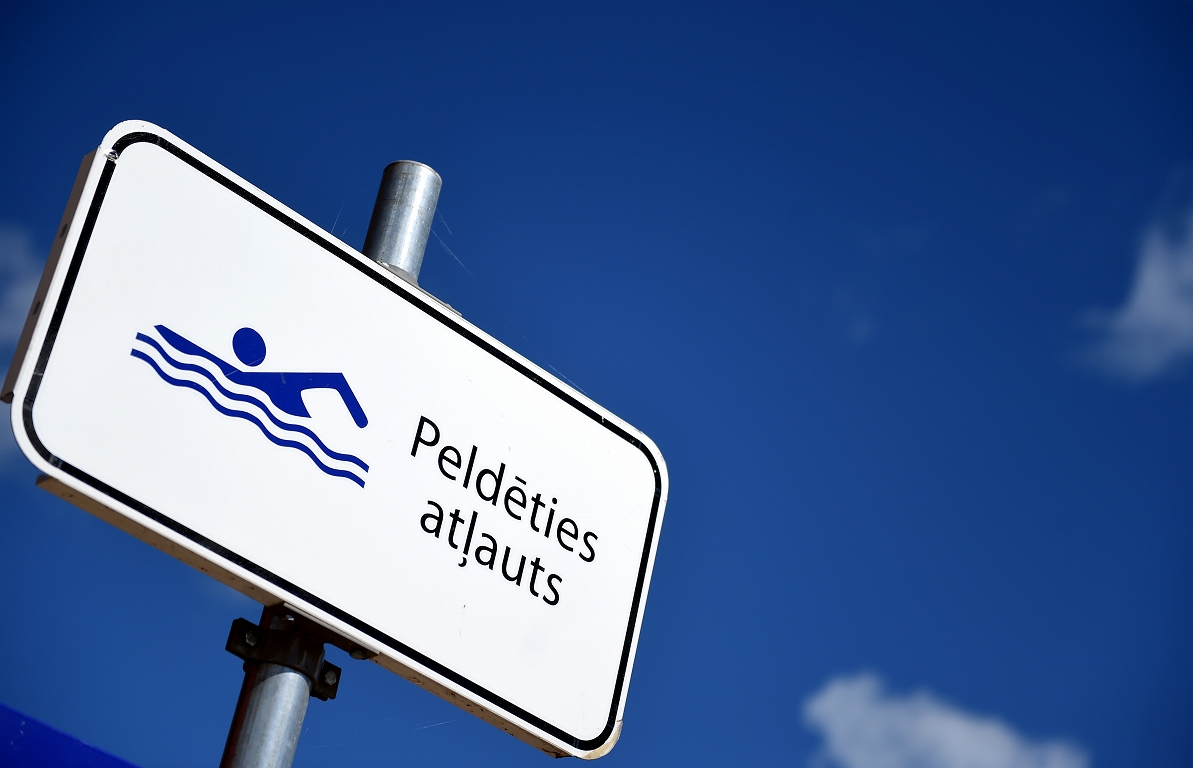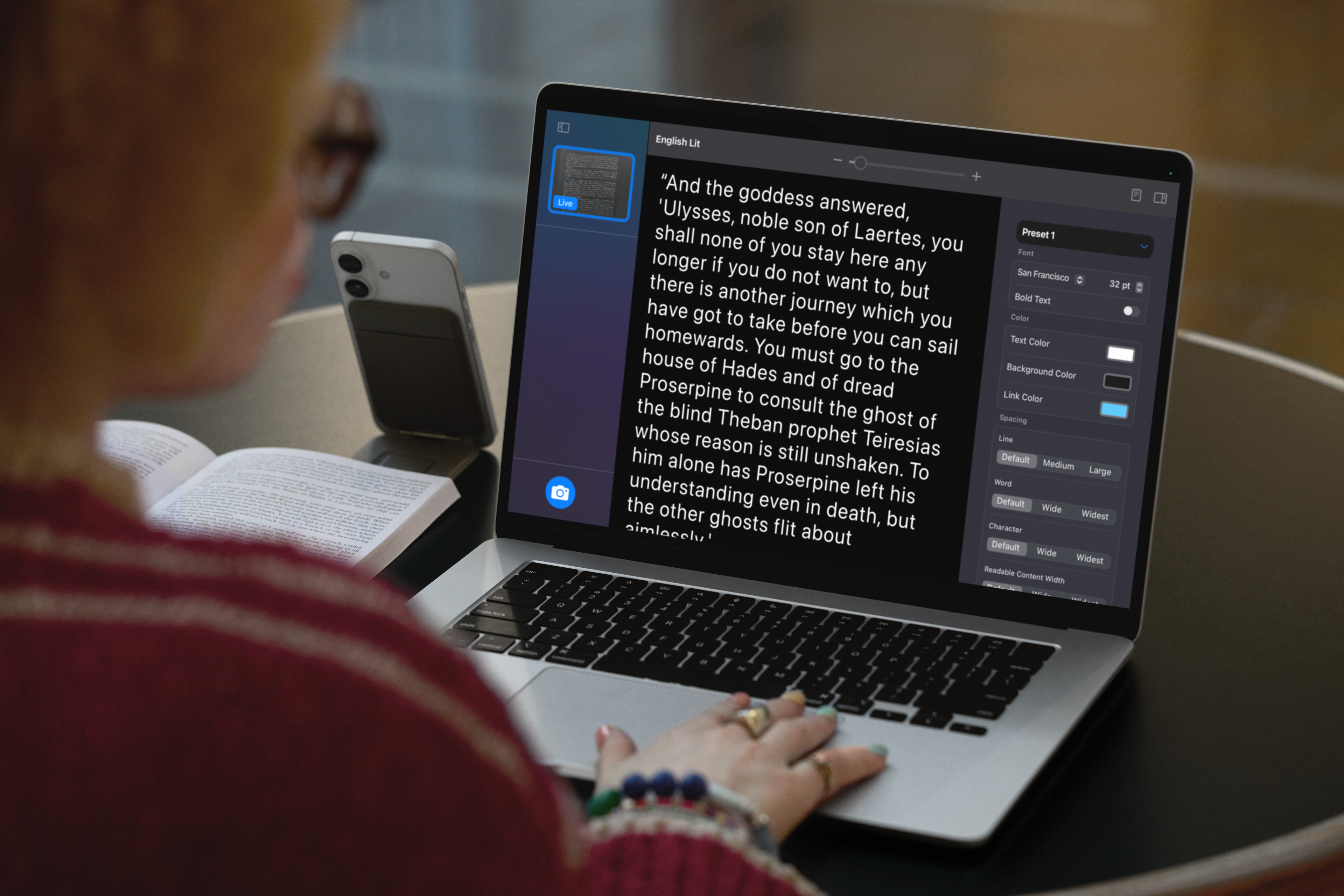In the official bathing areas of Latvia, water quality meets the requirements / day

The first tests were carried out on 6th and 7th of May. The results show that the quality of the bathing water meets the requirements in all official domestic and sea bathing areas. Microbiological indicators are not exceeded in any water sample.
As a result, swimming is allowed in all 59 official bathing areas.
Although the bathing water sample taken in Sigulda on May 7 was detected by episodically increased microbiological contamination, the bathing water sample collected on May 10 showed the requirements of the demands and when the bathing season begins, swimming is also allowed.
The next water quality checks on all bathing areas will be carried out on June 2 and June 3, VI informed.
Inspectorate specialists will be visually inspected once a month by the end of the bathing season on September 15, as laboratory, in the formal bathing water quality. The laboratory identifies two microbiological indicators – the concentration of intestinal sticks (Escherichia coli or E.Coli) and intestinal enterococci in water. These indicators serve as indicators for the detection of possible fecal water pollution and may indicate the presence of pathogenic bacteria and viruses in the water. Visually, the water color is evaluated visually during the water sampling, paying special attention to floating waste and oil products in the water, as well as the propagation of cyanobacteria.
If the results of bathing water samples are indicated by the water to meet the requirements, the results of bathing water will be noted that swimming is allowed. If, on the other hand, the quality of the bathing water does not meet the requirements, the VI will impose restrictions on bathing – not to swim or a ban on swimming. The relevant information must be placed in the information stand of the particular bathing area in the bathing area.
The VI points out that the recommendation should be taken not to be sensitive groups – young children, older people and people with chronic illnesses whose immune system is weakened, but the ban on swimming must be followed by everyone.
Citizens can follow the topical results of the official bathing water samples on the VI website in the section « Bathing Water Quality », where the Latvian official bathing map and information on the safety aspects of the bathing area can also be found.
In order for the bathing to be safe, the VI reminds users, namely the municipalities for the establishment, maintenance and water quality management of the bathing area for the health protection of swimmers. Safety requirements, inter alia, require the bathing water to be enclosed by buoys, ribbons or other non -sinking materials. If possible, the bathing sector shall be established for children with a depth not exceeding 70 centimeters.
You also need to follow the possible changes in the beach bed terrain, looking so that pits are not formed, stones, sludge do not accumulate. You should also regularly check the bathing bed, or there are no glasses or other items that can endanger the safety of swimmers. In addition, it is easy to access the bathing area as well as the driveway for operational transport.
If the bathing area is not provided with the rescue service, the information to the swimmers should be placed in a well -visible place that the rescue service is not available, so you have to be extra careful when swimming. Information on the contact information of the rescue services must also be located. In bathing areas without a rescue service, it is advisable to place rescue equipment, such as rescue rings.
The Inspectorate has also developed a guide for bathing managers designed to provide explanatory support to official bathing managers and to help build a united understanding of the bathing and bathing water quality requirements and recommendations.







/s3/static.nrc.nl/images/gn4/stripped/data132291603-3bfb3b.jpg)